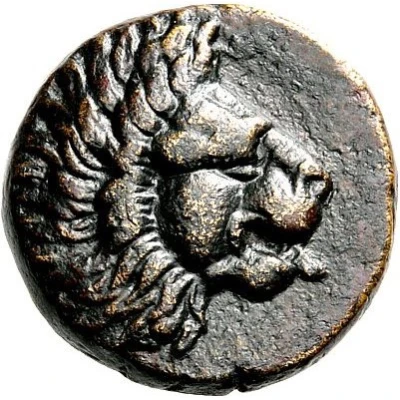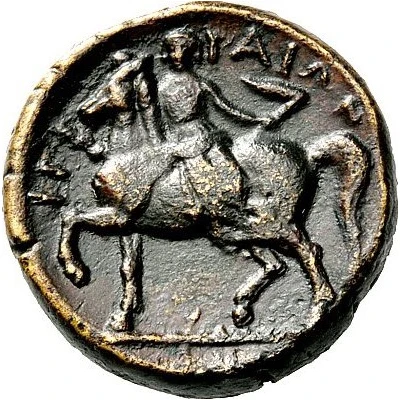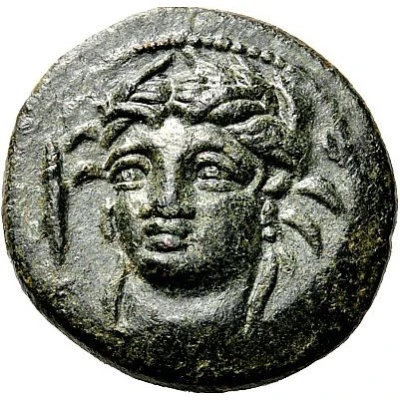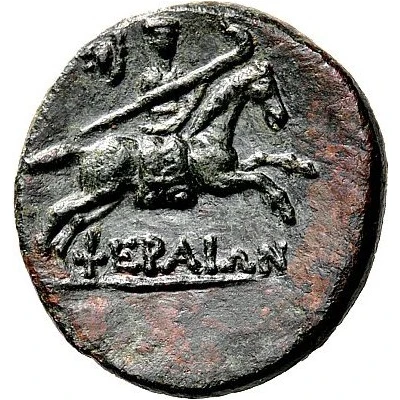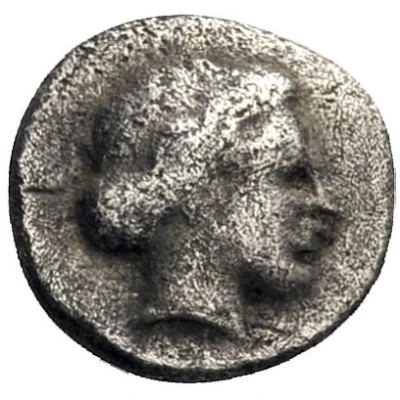
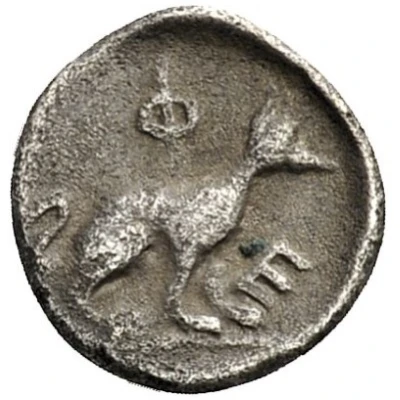

© Nomos AG
Hemiobol 360 BC - 350 BC
| Silver | 0.38 g | 7.0 mm |
| Issuer | Pherai (Thessaly) |
|---|---|
| Type | Standard circulation coin |
| Years | 360 BC - 350 BC |
| Value | Hemiobol (1⁄12) |
| Currency | Drachm |
| Composition | Silver |
| Weight | 0.38 g |
| Diameter | 7.0 mm |
| Shape | Round (irregular) |
| Technique | Hammered |
| Demonetized | Yes |
| Updated | 2024-10-10 |
| Numista | N#185541 |
|---|---|
| Rarity index | 100% |
Reverse
Hunting dog sitting to right
Script: Greek
Lettering: Φ Π Ε
Interesting fact
The Hemiobol coin from Pherai (Thessaly) was used as a form of currency in ancient Greece during the 4th century BC. Its name "Hemiobol" comes from the Greek words "hēmi-" meaning "half" and "bolos" meaning "throw", referring to the fact that it was worth half the value of a full silver drachma coin. Despite its relatively low value, the Hemiobol was widely used in trade and commerce throughout the region, and its design featuring the head of the goddess Athena on one side and an owl on the other, has become a recognizable symbol of ancient Greek currency.
